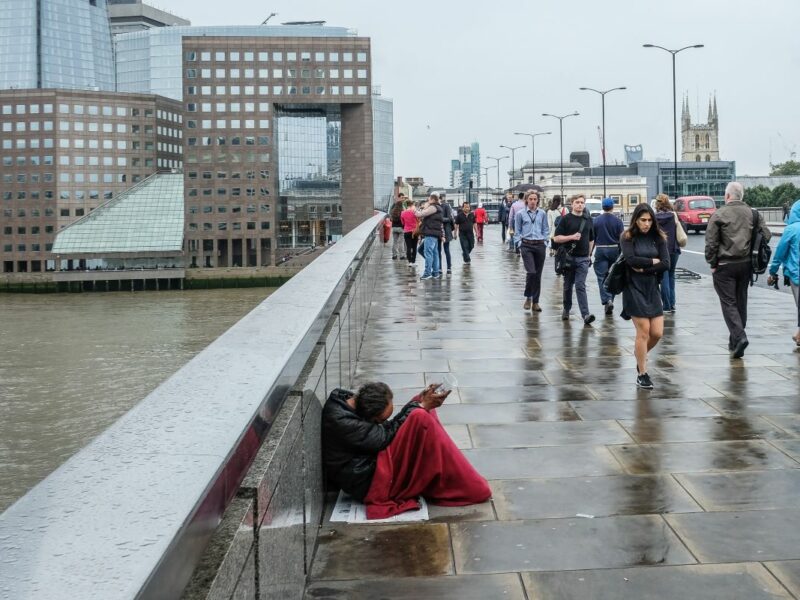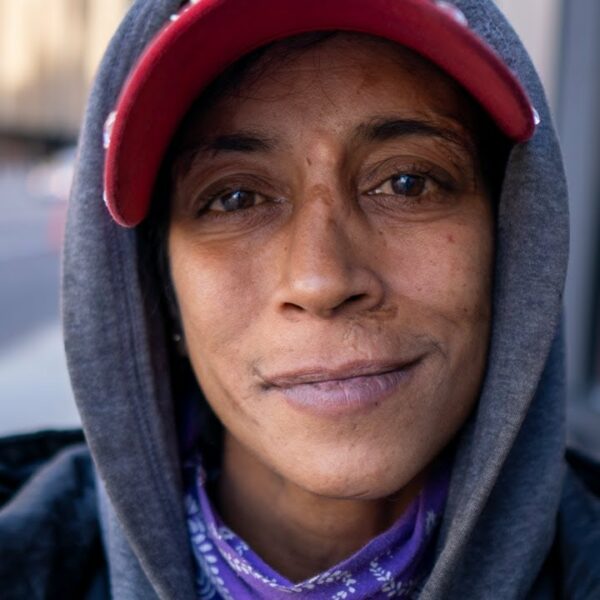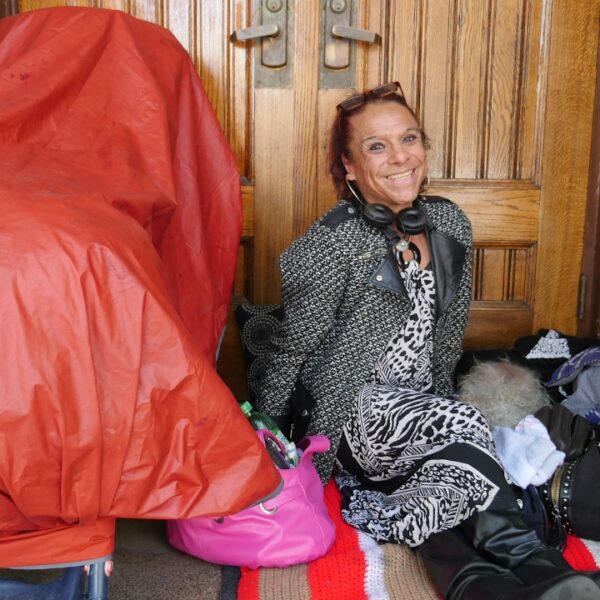American City and Suburb Leaders Seek to Divert Funds from the Needy to Help Homeowners Making Six-Figure Salaries
In a cruel political twist, governors, mayors, and legislators in cities with rampant homelessness are now proposing “workforce housing” subsidy loans for homeowners with six-figure salaries. How are they managing to entice intelligent citizens with such ludicrous propositions? By describing the potential recipients as working-class heroes in need of real assistance while perpetuating the horrible narrative that poverty-stricken people are lazy, uneducated, jobless leaches – a story that is so far from the truth.
Workforce Housing Proposals: Cutting Off the Poor to Save the Middle Class Is Not the Answer
The American Dream is a literary concept and pop-culture phenomenon so heavily cited that it has grown to epic, perhaps preposterous proportions. For many, it conjures a vivid picture of tree-lined streets, single family houses, white picket fences, and a solid, ever-stable middle class consisting of hard-working Americans. In this vision, those who live out the fantasy earn noble incomes. They are school teachers, firefighters, social justice advocates, and war veterans. They don’t earn millions in their occupations, but they do enrich the lives of those around them. So, they are rewarded with the aforementioned comforts in return.
This concept is often used to bait us into making unwise decisions that effect the poorest people in our nation. Ironically, the modern middle class does not always consist of school teachers, war veterans, and social justice advocates at all. That description could very well fit any group of homeless people just as easily. The fact remains that many homeless people are educated college students and graduates who would much rather be teaching than living on the streets.
It is our inability to see the homeless population as our fellow humans, as our equals, that hurts us. This is particularly true when political proposals come into play. If you care about the working-class heroes of our world, you should also care about those living in extreme poverty. They are often one in the same.
This Is a Carefully Constructed Ruse
There lies no question that the United States of 2019 is a drastically different place from the United States of the late ‘90s and early 2000’s. For a quick glimpse into the economic analysis of our national social structures, we can refer to this statistic offered by the Pew Research Center:
“The median income of middle-class households in 2016 was about the same as in 2000, a reflection of the lingering effects of the Great Recession and an earlier recession in 2001.”
From a statistical standpoint, the percentage of people who fall under the umbrella term of “middle class” has barely wavered. What has changed, however, is our definition of what constitutes “middle”. Here we see an ever-widening wealth gap, a nation where income inequality looms above us like a stormy sky. Yet we refuse to pack umbrellas, convinced of a non-existent silver lining.
Defining Middle Class: The Numbers Vary Widely
In an effort to further the false narrative of a stable middle class in present day, what you’ll see is a great deal of wiggle room built into the classification numbers. For example, a family of five is considered middle class if they make an approximate minimum of $58,347 annually. That same family would continue to be dubbed middle class even if their salary more than doubled. Why? Because upper-class for a family of five doesn’t start until that family earns roughly $175,041 per year or more. This clever little infraction does a world of good for the wealthy. But it leaves our nation’s most vulnerable people out to dry … yet again.
Under the guise of “workforce housing”, subsidies can now be made available for families making upwards of $140,000 a year. The harsh reality is that these individuals are living a drastically different lifestyle from real working-class families who humbly take home significantly less. When these spending budgets are proposed, they are often tied to relatable, benevolent members of society. This fuels a mindset of saving school teachers. In reality, these “handouts” are actually serving a very different purpose altogether.
Shattering Falsehood: The Truth About Our School Teachers
The national average starting school teacher salary is $38,617 per year, a far cry from a six-figure payrate. You might imagine a family of five with two parents and three children. Perhaps both are teachers. Together, their salary should be almost $80,000, right? Wrong. In truth, one third of children in modern America hail from single parent homes. This means today’s American family likely consists of one parent with two children taking home about $38,000 per year. This number falls well within the poverty bracket in most cases and states. At best, a school teacher’s family is barely scraping the bottom of the lower middle-class bucket. When 21st Century “workforce housing” proposals land on the table, this accurate portrait of the modern American family is never taken into consideration.
Furthermore, authorities are quick to admit $70,000 and $80,000 salaries don’t take folks as far as they used to. Yet nobody is vying to alter minimum middle-class qualifications in order to reflect these sentiments. There are also no visible movements toward significant changes in salaries. Perhaps it would be smarter (or at least more honest) for us to redefine poverty minimums, given the stagnant state of American wages. We could then admit income inequality has already pushed teachers, firefighters, and social workers into a state of utter poverty. To do this, we’d have to face another uncomfortable truth. Many of America’s homeless people are college-educated individuals working full-time jobs.
If you scrutinize the timeline of events leading up to and out of the Great Recession, you will find the repetitive theme of giving to the rich with hopes that they will spend it on the poor. This attempt proves futile each and every time. For more on this, please see Einstein’s definition of insanity.
Instead of Focusing on What We’re Shrinking, Let’s Look at What We’re Growing: Extreme Poverty
Where are we growing it? Right in our own backyards. In fact, the UN’s most recent report on extreme poverty in the United States reflects the following statement, in their own words:
“The American Dream is rapidly becoming the American Illusion…”
Through extensive research, the report concludes that poverty and extreme poverty are rising at accelerated rates mostly because of limitations on social services. Budget cuts to public services equate to more poverty and more homelessness as a result of that poverty. Since we have yet to address the issue of extreme poverty, which continues to rise all the time, we simply can’t afford to stretch our limited resources in order to help those who are better off.
How You Can Help
The next time you catch wind of so-called “workforce housing” proposals, be realistic with yourself and your loved ones about who these multi-million-dollar budgets are actually going to help.
If we don’t first fix the issue of deep poverty and the 18.5 million Americans living in its shadow, we will see a future where tent cities replace educational institutions. This is not a scenario designed to uplift school teachers. It’s a proposition designed to cut funding from those who need it most.













